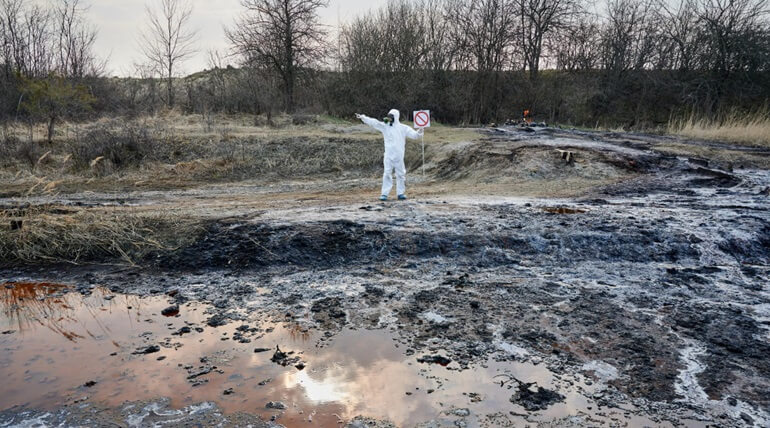Construction sites are dynamic environments where progress and risk go hand in hand. With heavy machinery, elevated workspaces, and constantly changing conditions, the potential for accidents is ever-present. That’s why construction safety isn’t just a regulatory requirement—it’s a moral, financial, and operational imperative.
The High Stakes of Construction Work
Construction consistently ranks among the most hazardous industries worldwide. According to the International Labour Organization, hundreds of thousands of workers are injured or killed on construction sites each year. The most common causes—known as the “Fatal Four”—include:
- Falls from height
- Being struck by objects
- Electrocutions
- Caught-in/between incidents
Each of these tragedies is preventable with the right safety measures in place.
Why Construction Safety Matters
1. Protecting Human Lives
The most fundamental reason for prioritizing safety is to protect the lives and well-being of workers. Every worker deserves to return home safely at the end of the day. A strong safety culture shows respect for human life and builds trust across the workforce.
2. Reducing Costs
Accidents are expensive. They lead to:
- Medical expenses
- Legal liabilities
- Insurance premium hikes
- Project delays and rework
Investing in safety training, equipment, and protocols is far more cost-effective than dealing with the aftermath of an incident.
3. Boosting Productivity
Safe sites are efficient sites. When workers feel secure, they’re more focused, confident, and productive. Fewer disruptions from accidents mean smoother workflows and better project outcomes.
4. Enhancing Reputation
A company known for prioritizing safety earns the respect of clients, partners, and regulators. It becomes an employer of choice and a trusted contractor—advantages that can lead to more business opportunities.
5. Legal and Regulatory Compliance
Governments and industry bodies enforce strict safety regulations. Non-compliance can result in fines, shutdowns, or even criminal charges. Proactive safety management ensures legal alignment and reduces risk exposure.
Key Elements of a Strong Safety Culture
- Comprehensive Training: Regular, role-specific safety training for all workers
- Clear Communication: Visible signage, safety briefings, and open reporting channels
- Proper Equipment: Use of PPE (personal protective equipment) and well-maintained tools
- Risk Assessments: Ongoing site inspections and hazard identification
- Leadership Commitment: Safety must be championed from the top down
Construction safety is not a checkbox—it’s a commitment. It protects lives, preserves resources, and builds a culture of responsibility and excellence. In an industry where every beam, bolt, and brick matters, so does every precaution. Because the true measure of a successful project isn’t just what gets built—it’s how safely it’s built.



